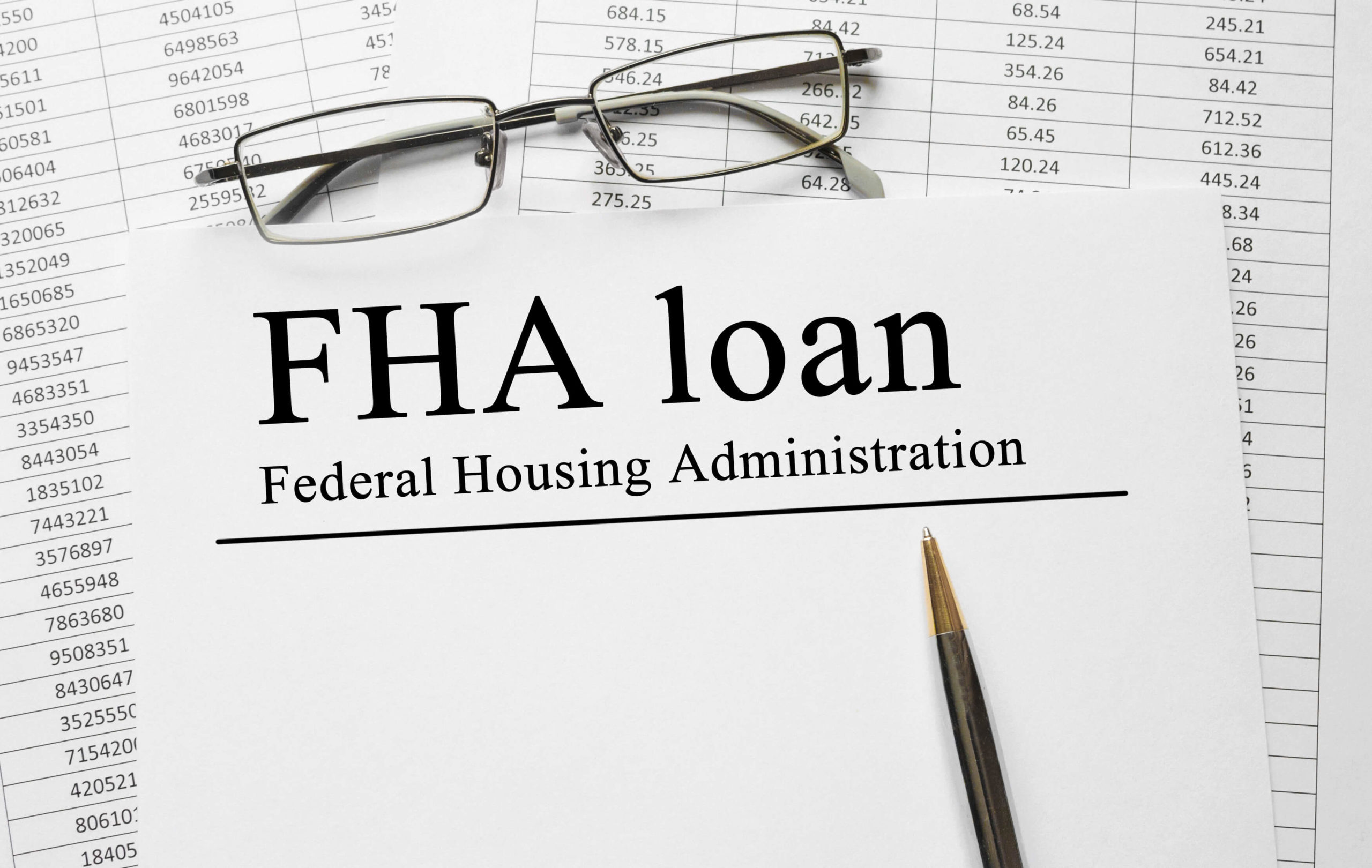
Using a Cash-Out Refinance to Buy a Home
April 19, 2023
Millions of American homeowners are thinking about refinancing their home in today’s market because real estate equity has greatly increased in recent years. Homeowner equity went from $6 trillion in 2009 to $15 trillion in 2018. This equity can be converted into financing for school, business or the purchase of a second home or investment property. The ability to do so depends on several factors, including:
- The amount of your home equity
- Your credit rating
If you want to buy and then sell or refinance another home, a bridge loan may be best. You can also choose a HELOC or home equity line of credit. Determining how much equity you have seems simple if you subtract what you originally paid for the home and what it is worth now. However, many lenders allow cash-out refinancing equal to 80% of your equity. If the property value is $275,000, they will subtract 20%, leaving approximately $220,000. The money will go toward repaying the existing loan of $85,000, for example, and the balance of $135,000 is available for the borrower. A VA cash-out mortgage allows borrowers to refinance up to 100% of their equity. All programs come with various charges and insurance costs so speaking with a mortgage professional, like the ones at Superior MCI, can help you to avoid some of these extra charges.
With cash-out refinancing or a HELOC, you generally cannot use the funds to buy another home you want to move into quickly because cash-out refinancing and HELOCs usually have a clause that says you expect to remain in your home at least one year. If this rule is violated, the lender may call in the loan and demand immediate repayment. HELOCs have other drawbacks such as an interest rate that is likely to be adjustable and not fixed. The interest rate is usually higher than a first mortgage, depending upon your credit, the amount borrowed, location and equity. You must also review the HELOC balances to avoid heavy monthly costs. HELOC’S have two phases:
- Drawing Phase: You can draw money out, put money back in and make interest payments on the balance.
- Repayment Period: You cannot draw money out. You must repay the balance over the remaining term of the loan, possibly incurring large monthly repayment costs.
A “bridge” loan is designed to help you move from one residence to another. It is intended to be short-term financing that may be for just a few months and there are no monthly payments. In a bridge loan, the interest rate may be high and there may be a lot of up-front fees. However, if you want to purchase a replacement home, after selling your current residence, the bridge loan is paid off at closing.
At Superior Mortgage Co., Inc., we specialize in residential and commercial loans and provide the best products and services available. Whether you are purchasing, refinancing or in need of a home equity loan, and regardless of any credit problems, we can help you. Contact the company that can answer all your questions. Call us at 845-883-8200.
Recent News

Superior Mortgage is still running at full capacity!
April 25, 2023

Most Important Steps To Buying A House
April 20, 2023

What to Know About Jumbo Loans
April 20, 2023

Understanding Your FHA Options
April 20, 2023

How to Prepay Your Mortgage?
April 20, 2023

Things Needed For Pre-Approval
April 20, 2023

